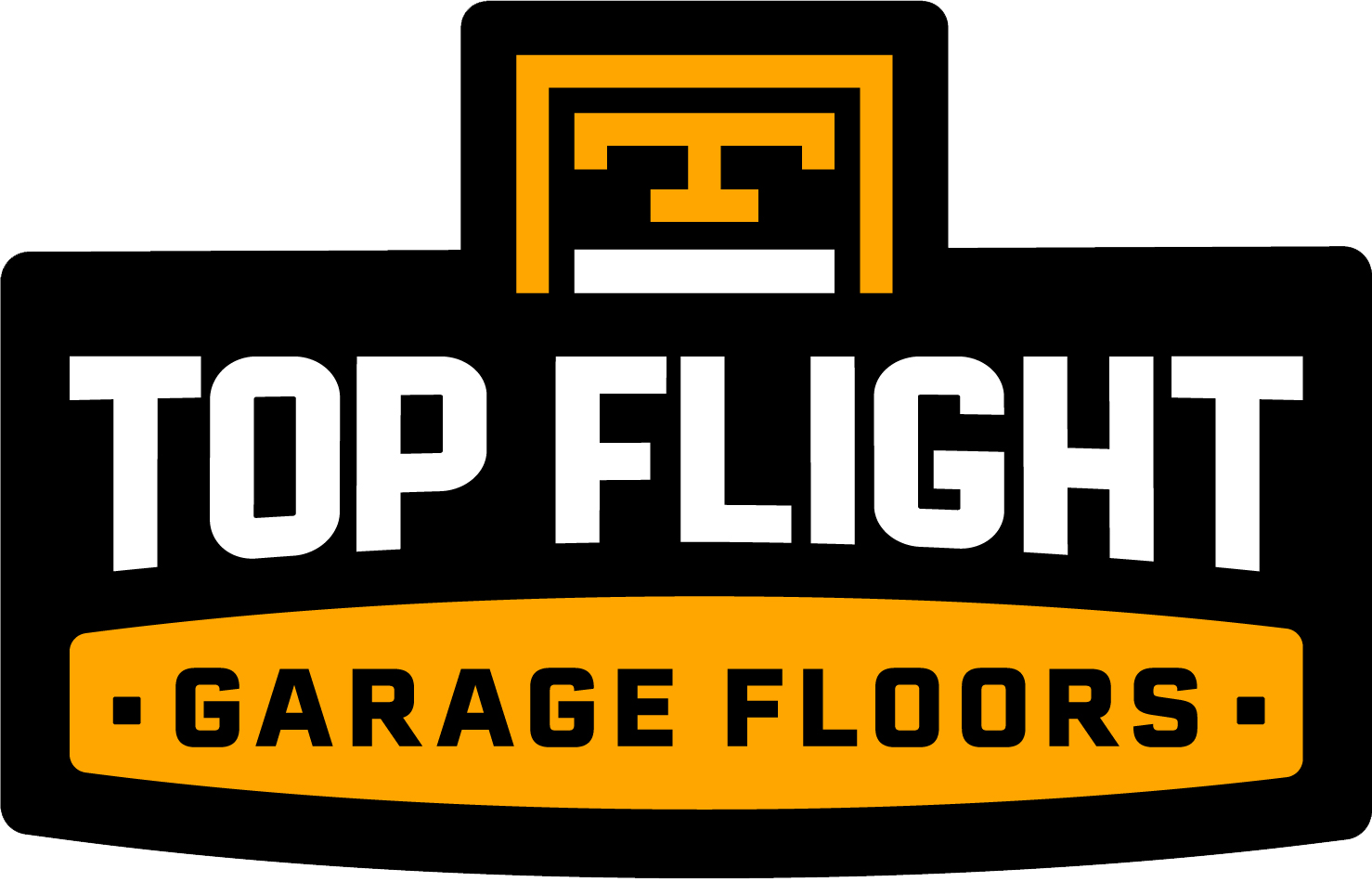Exploring the Pros and Cons of Epoxy vs. Polyaspartic Floor Coatings for Garage Floors
Garage floors endure constant wear and tear, ranging from heavy equipment to exposure to chemicals, making the right protective floor coating a vital investment for homeowners. Among the various floor coating options on the market, epoxy and polyaspartic coatings have gained significant popularity due to their durability, aesthetic appeal, and functionality. As a homeowner considering these options for your garage floor, it’s essential to understand the differences, advantages, and disadvantages of each coating type to make the best choice for your specific needs.
In this article, we will delve into a comprehensive comparison of epoxy and polyaspartic garage floor coatings, examining factors such as durability, application time, appearance, and cost. This detailed analysis will enable you to make an informed decision when selecting the most appropriate solution for your garage floor renovation project.
Epoxy Garage Floor Coatings: Pros and Cons
*Pros*
- Durability: Epoxy coatings are renowned for their durability and long-lasting performance. These coatings can withstand heavy equipment, chemical spills, and abrasions, making them a reliable option for garage floors.
- Aesthetics: Epoxy floor coatings offer a visually appealing, glossy finish. They are available in an array of colors, patterns, and designs, allowing homeowners to customize their garage floor to match their tastes and preferences.
- Easy Maintenance: Epoxy floors are simple to clean and maintain. The smooth, resistant surface makes it easy to sweep or mop up dust, debris, and spills, ensuring your floor remains immaculate.
- Cost-Effectiveness: Epoxy coatings tend to be more affordable than other flooring options on the market, making them an attractive choice for homeowners looking to renovate their garage space without breaking the bank.
*Cons*
- Longer Installation Time: Epoxy floor coatings often require longer installation times due to the necessary curing period between layers. This extended installation process can lead to downtime and inconvenience for homeowners.
- Slipperiness: Epoxy floors tend to be slippery when wet, potentially posing safety hazards, especially in garages exposed to moisture. The addition of anti-slip additives can mitigate this risk, but the overall slip resistance may still be less than that of some other flooring options.
Polyaspartic Garage Floor Coatings: Pros and Cons
*Pros*
- Fast Installation Time: Polyaspartic coatings offer rapid installation times, as they cure much quicker than epoxy coatings. This significantly reduces the downtime during the installation process, making it ideal for homeowners who prioritize speed and efficiency.
- Abrasion and UV Resistance: Polyaspartic floor coatings are highly resistant to abrasion, chemicals, and UV exposure. This makes them an excellent option for garage floors that experience heavy wear and tear and are exposed to direct sunlight.
- High Gloss Finish: Polyaspartic coatings offer a high-gloss finish that enhances the aesthetic appeal of your garage space. Like epoxy coatings, they are available in various colors, patterns, and designs to customize the appearance of your floor.
- Temperature Flexibility: Polyaspartic coatings can be applied in a wider range of temperatures compared to epoxy coatings, making them a more versatile option for year-round installation.
*Cons*
- Cost: Polyaspartic coatings tend to be more expensive than epoxy floor coatings, which may be a significant factor for homeowners working within a tight budget.
- Less Forgiving in Application: Polyaspartic floor coatings have a shorter working time and a less forgiving application process, making them more challenging to install for DIY enthusiasts.
Factors to Consider when Choosing Between Epoxy and Polyaspartic Coatings
- Budget: Consider your budget when deciding between epoxy and polyaspartic coatings, as epoxy coatings tend to be more affordable.
- Installation Time: If you need a rapid installation process with minimal downtime, a polyaspartic coating might be the better option.
- Aesthetic Preferences: Both epoxy and polyaspartic coatings can offer a beautiful, customizable finish; however, the high-gloss and UV-resistant properties of polyaspartic coatings may sway some homeowners toward this option.
- Environmental Factors: If your garage floor is exposed to direct sunlight or extreme temperatures, the UV and temperature resistance of polyaspartic coatings may make them the optimal choice.
Conclusion
When exploring the pros and cons of epoxy and polyaspartic garage floor coatings, it is essential to consider the factors that matter most to you as a homeowner, such as budget, installation time, aesthetics, and environmental conditions. By weighing these factors and understanding the advantages and disadvantages of each coating type, you can select the most suitable option for your garage floor renovation project.
Trust Top Flight Garage Floors to help you choose the right floor coating for your unique needs and preferences. Our experienced team of professionals prioritizes customer satisfaction and takes the time to understand your specific requirements, bringing unmatched expertise and dedication to every project. Don’t settle for anything less than the best when it comes to your epoxy garage floor coating – contact us today for a consultation and let us transform your space with a stunning, durable floor coating.
